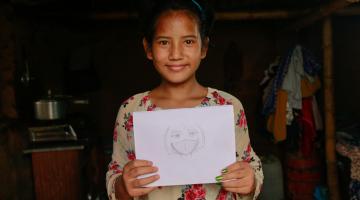Why Children Go Hungry From a Lack of Clean Water
“If children are malnourished, a lack of food isn't always to blame,” explains Dr Jean Baptiste Kamate (JBK), Chief Field Operations Officer at World Vision.
If you have water, you are not thirsty. If you have food, does that mean you are not hungry? The answer is not that simple. Hunger isn’t caused just by a lack of food. Your body might still be “hungry” even with food.
A consistent lack of clean water can affect the nutritional status of the body. Children need to be more than fed—they need to be nourished. Water is vital to achieving this. Every day, many children around the globe go to bed thirsty and hungry because they do not have clean water.
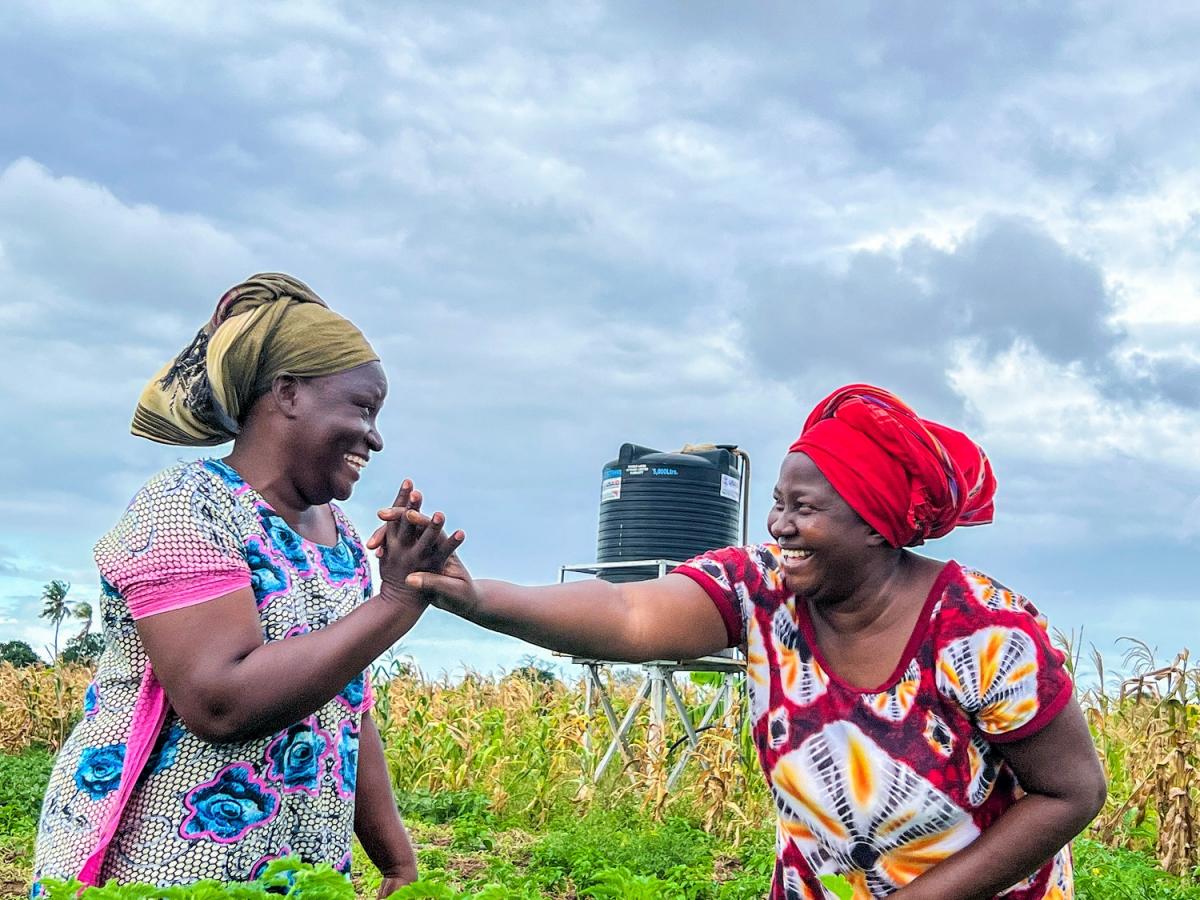
At a basic level, clean water enables the production of food.
Farming accounts for nearly 70 percent of global water usage. Water fuels irrigation systems, which is key to small farming communities where families rely on their gardens to feed their children. And irrigation systems are becoming even more crucial, as changing climate conditions bring unpredictable rains.
I have travelled around the world overseeing the quality of our field programmes, and I have seen how impactful it is when World Vision empowers communities with seeds, soil, tools and the proper knowledge in agriculture. But without water, not much can grow!
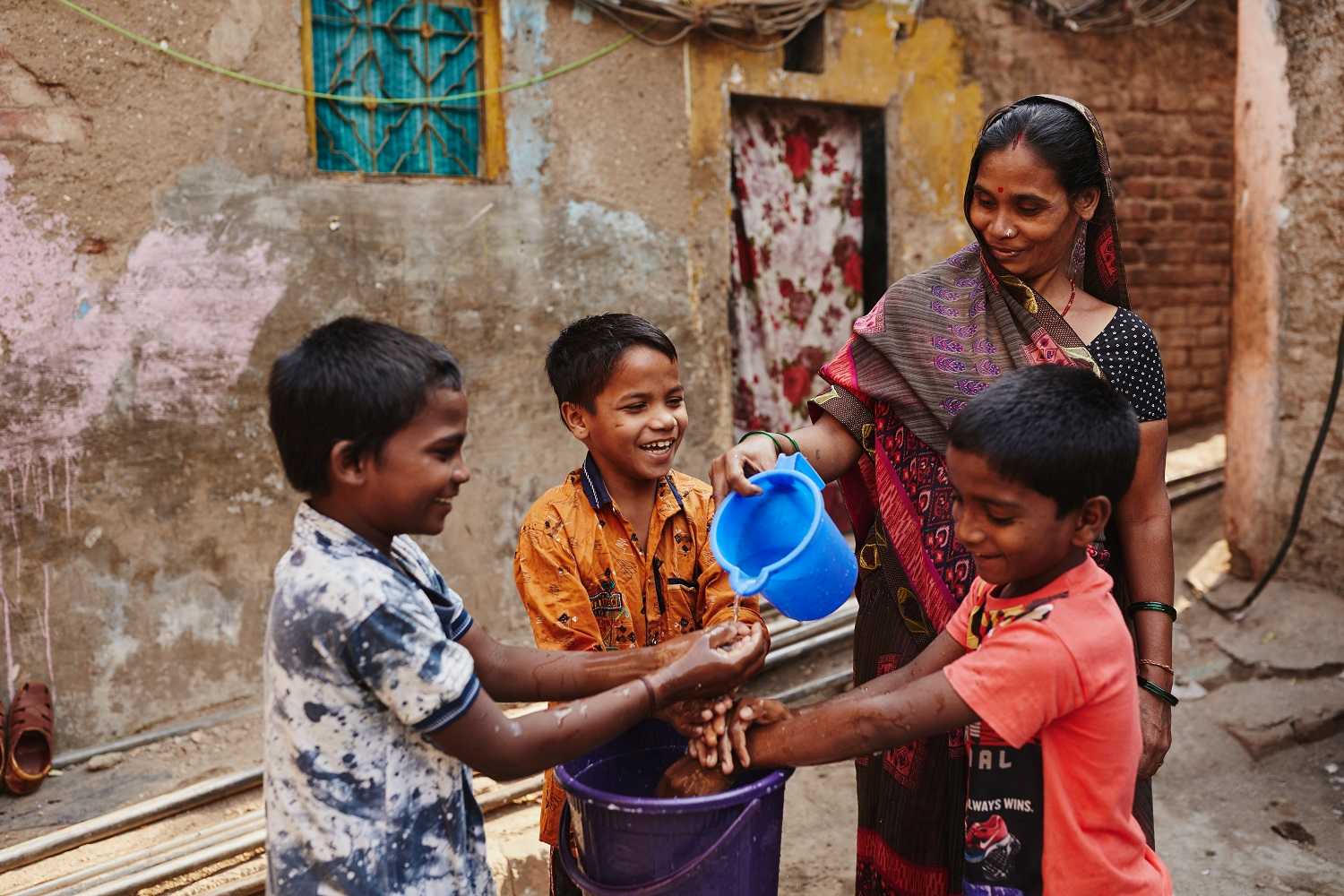
At a deeper level, clean water keeps children healthy.
For families without access to clean water, their children are likely to fall sick from diarrhoea and other diseases again and again. If a child’s body is wrestling with an infection, it cannot be properly nourished because the body needs extra calories to fight it. Diarrhoea in particular prevents the full absorption of nutrients needed to fuel children’s growth.
According to the World Health Organisation, there are nearly 1.7 billion cases of childhood diarrhoeal disease every year. In children under five years old, diarrhoea is a leading cause of malnutrition and the second leading cause of death.
Children deserve more than this reality, where they are dying from preventable diseases or living with a sub-standard quality of life because they are not properly nourished. How therefore can we work toward a more sustainable future so that children not only survive but thrive with nourished bodies and minds?
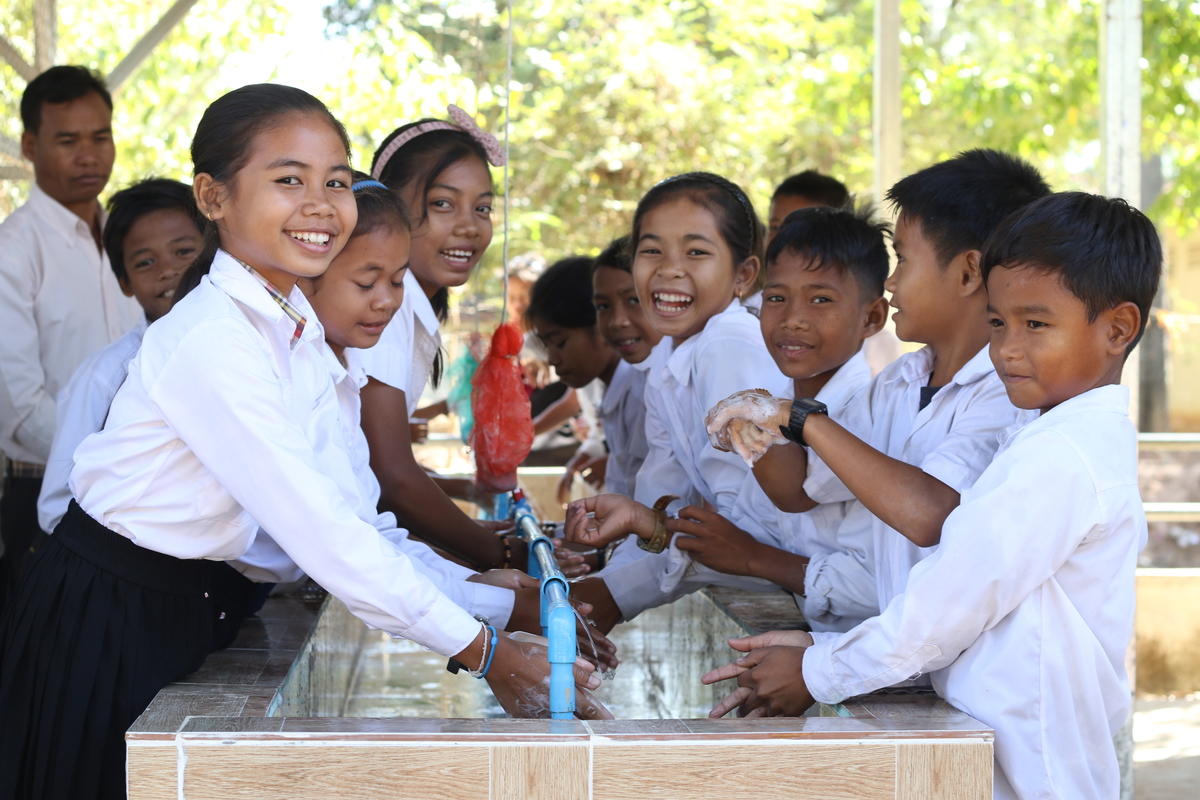
It is simple: Organisations like World Vision, governments and, yes, even businesses, must turn water scarcity into water security. Around 2 billion people, most of them in developing countries, lack access to a safely managed supply of drinking water at home.
At World Vision, we are reaching one new person with clean water every 10 seconds. We have used a variety of methods to bring clean water to people over the years, but the most sustainable method is piped-water systems. Water networks bring water closer to home, which reduces the time needed to collect water and allows families to invest that instead into home life, school and small businesses.
Piped-water closer to the home also allows for families to collect a larger quantity of water to support handwashing and cleaning. There is also less chance of water contamination. All of this reinforces a virtuous cycle of reduced diarrheal disease and healthier and happier homes for a more sustainable future.
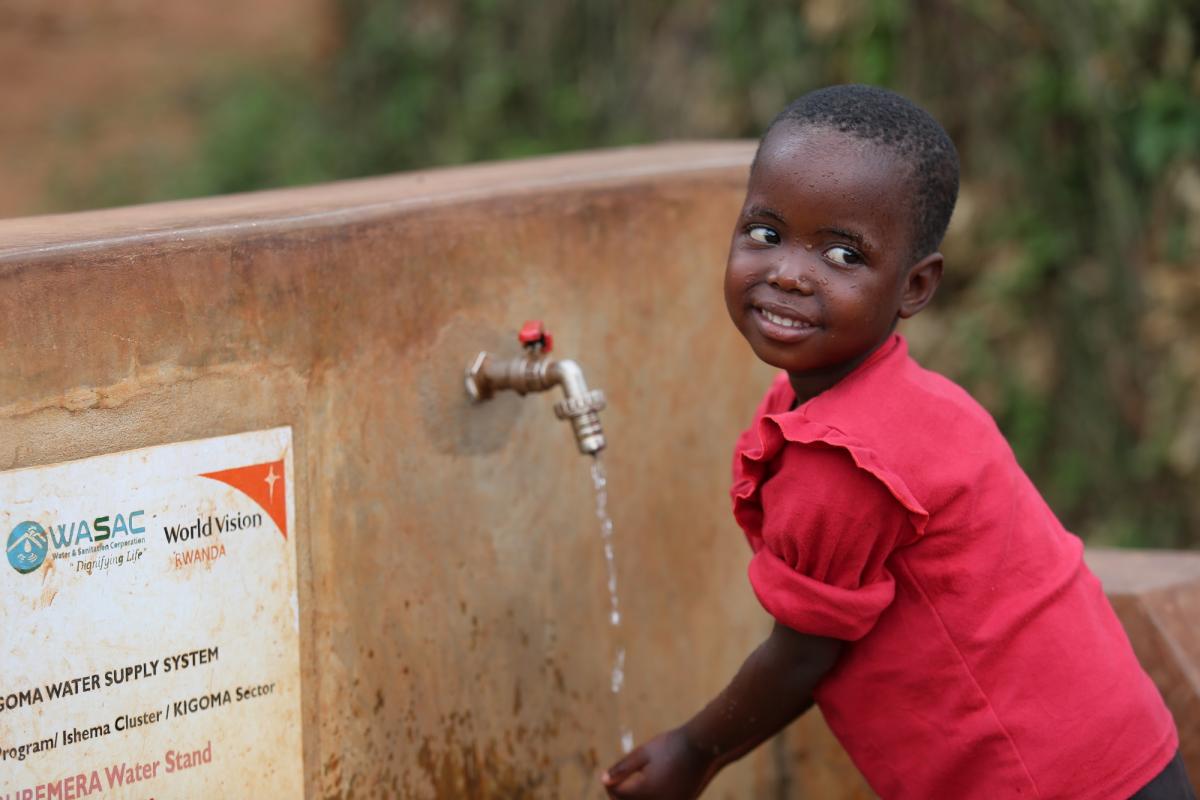
On World Water Day, global leaders in water, sanitation and hygiene and government ministers will meet at the United Nations Water Conference in New York to plan how the world can achieve the Sustainable Development Goal 6 of ensuring availability and sustainable management of water and sanitation for all.
World Vision is taking this opportunity to recommit to our pledge to invest $2bn by 2030 to extend the impact of our WASH work across 50 countries in six regions. Our goal is to directly reach more than 30 million people with safer, more accessible water.
No child should ever go thirsty or hungry.
In collaboration with our partners, we will provide clean water to those who need it most and thereby empower families to keep their children healthy.
Play a part to provide clean water for vulnerable children and their families when you sponsor a child, give the gift of clean water through Child Sponsorship.
Pledge your support to the Clean Water & Sanitation Fund to bring clean water to every child and their entire community.
